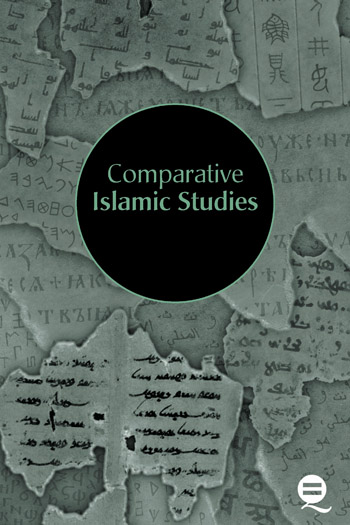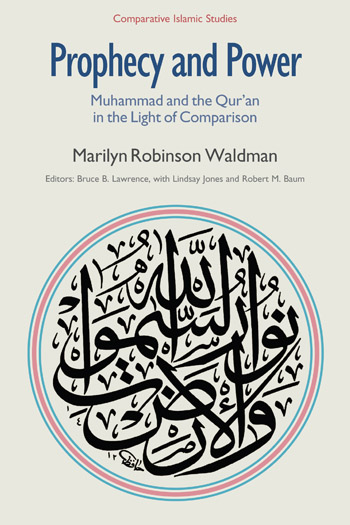Reviews
The Arabic critical edition of al-Hādī, which takes up just under half of the printed text of Ḥanafī-Māturīdism is a notable contribution to the field. Aldosari has collected ten manuscripts, which he argues are the total extant copies of the text. Having discarded four as incomplete or inferior, he bases his edition on the remaining six, specifying as original the manuscript in Dār al-Kutub al-Miṣriyyah in Cairo, which was copied in a Ḥanafī madrasah in Damascus four and a half months before the author’s death (p. 261). Aldosari’s edition of al-Hādī is primarily based on this manuscript with variations in footnotes and missing text from the other copies added in parentheses. As well as 3644 short footnotes, Aldosari refers the reader to 252 endnotes over forty pages of small Arabic typeface. These provide definitions of key kalām terminology, individuals and groups, as well as referencing for ḥadīths mentioned in the text. These features make his edition not only superior to that published by Adil Bebek (Istanbul: Marmara Üniversitesi İlâhiyat Fakültesi Vakfı Yayınları, 2006) from three manuscripts, but more useful for scholarly work, especially when combined with the detailed study in the remainder of the volume.Ilahiyat Studies
The book testifies to the studious scholarly effort on the part of the author. The findings of his research concerning the historical phases of maturation and propagation that Maturidism passed through are particularly impressive. It should be seen as a major contribution to the study of Kalam heritage in the Islamic tradition.
The Muslim World Book Review
Aldosari makes an important contribution to the field by producing an exemplary critical edition of al-Khabbāzī’s al-Hādī as well as connecting it to the formative development of Maturidi kalām.
Journal of the American Oriental Society








